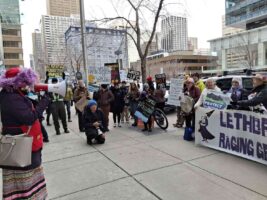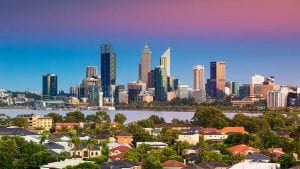News has emerged this week that mid-way through last month one of Google’s self-driving car prototypes crashed into a bus in California. It was a minor accident with no injuries and was not a first – although it may be the first time a Google mobile has been the cause of an accident. And the press is all over it.
According to BBC News, “the human in the Google vehicle reported that he assumed the bus would slow down to let the car out, and so he did not override the car’s self-driving computer.” Google will now meet with California’s Department of Motor Vehicles to discuss the incident, and determine where the blame lies.
Google – whose trail-blazing autonomous vehicles have clocked up well over a million miles across various states in the US – releases a monthly report detailing the testing of its self-driving technology. As it turns out, the latest of these was due on Tuesday (US time).
For now, however, the company says it has refined its self-driving algorithm to “more deeply understand that buses (and other large vehicles) are less likely to yield to us than other types of vehicles, and we hope to handle situations like this more gracefully in the future.”
Meanwhile, in Australia…
…the nation’s new chief scientist, Dr Alan Finkel was also talking self-driving cars – and other world-changing technologies – in his first address to the National Press Club in Canberra.
Finkel’s speech likened the development of driverless cars to “launching an untested craft into unknown waters, with consequences that we can only foresee in part.” Doesn’t Google know it!
And in order to make leaps like this, he added, “we need not just science, but research. Where research is the investigatory collaboration between science, technology, sociology, economics and the like.
“…If you can imagine that self-driving car – then you can also imagine a low-emissions electricity grid supplying electric vehicles. Connected to fantastic arrays of solar panels in the outback. Travelling through an ever more exciting world,” Finkel said.
“We could be living in an Electric Planet. A zero emissions world. How much progress could your lifetime contain?
“We decide – and not just by the scope of our ambition but by the breadth of our research, the quality of our planning and the calibre of our leadership.” You can read the entire speech here.
Is the Clean Energy Finance Corporation now “safe”
Of course, one of the keys to achieving Finkel’s vision will be to have a “green bank”, as Australia does now with the $10 billion Clean Energy Finance Corporation. It is still “official” Coalition policy to repeal the the CEFC, but two newspapers now suggest it might be “safe”.
The Australian said that senior minister were discussing the shift, leaving the option of keeping the Clean Energy Finance Corporation alive after the next election, in what would be a major diversion from Tony Abbott’s climate change policy.
The paper suggests that while such a change might spark a backlash from hard-core conservatives, it would provide the government a campaigning tool to blunt Labor claims that PM Malcolm Turnbull has sold out his climate change credentials to win the prime ministership.
The AFR has a different take on the same subject. It suggests it is an integral part of the deal with The Greens to push through changes to Senate voting. By promising not to present the repeal of the CEFC in a “double dissolution” scenario, it would avoid the prospect of the Greens effectively destroying the institution they created.
Meanwhile, in Spain…
In Spain, don’t really need to imagine what it’s like to have a low-emissions grid, after wind power generation hit a new daily high of 367.64GWh on February 12 and accounted for 30.2 per cent of the country’s total power supply for the month.
According to SeeNews Renewables, wind farms in Spain produced 6,091GWh in February – boosting wind to a 54.6 per cent share of the country’s total renewables for the month, and up 2.4 per cent year-on-year. Grid operator Red Electrica de Espana (REE) said that Spain has sourced total of 74.2 per cent of its power from zero-carbon plants last month. Not bad considering the country did not install a single megawatt of new wind energy capacity for the whole of 2015.








